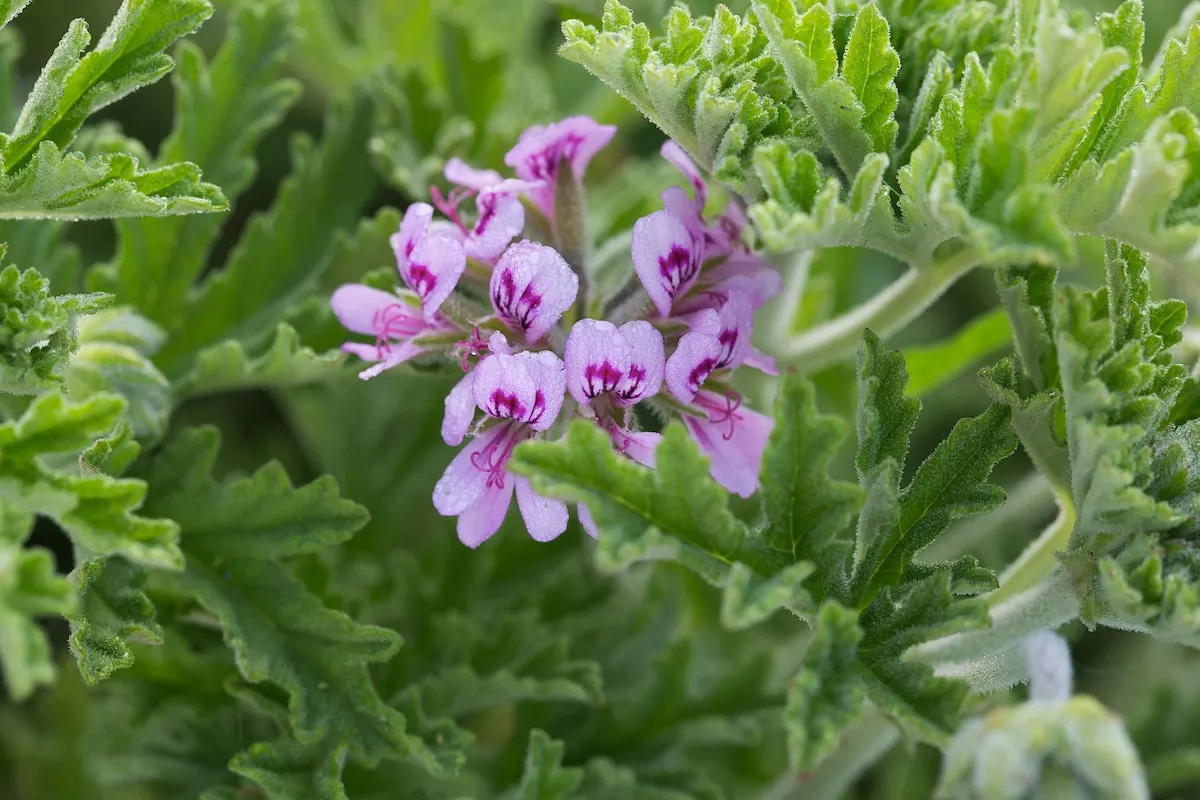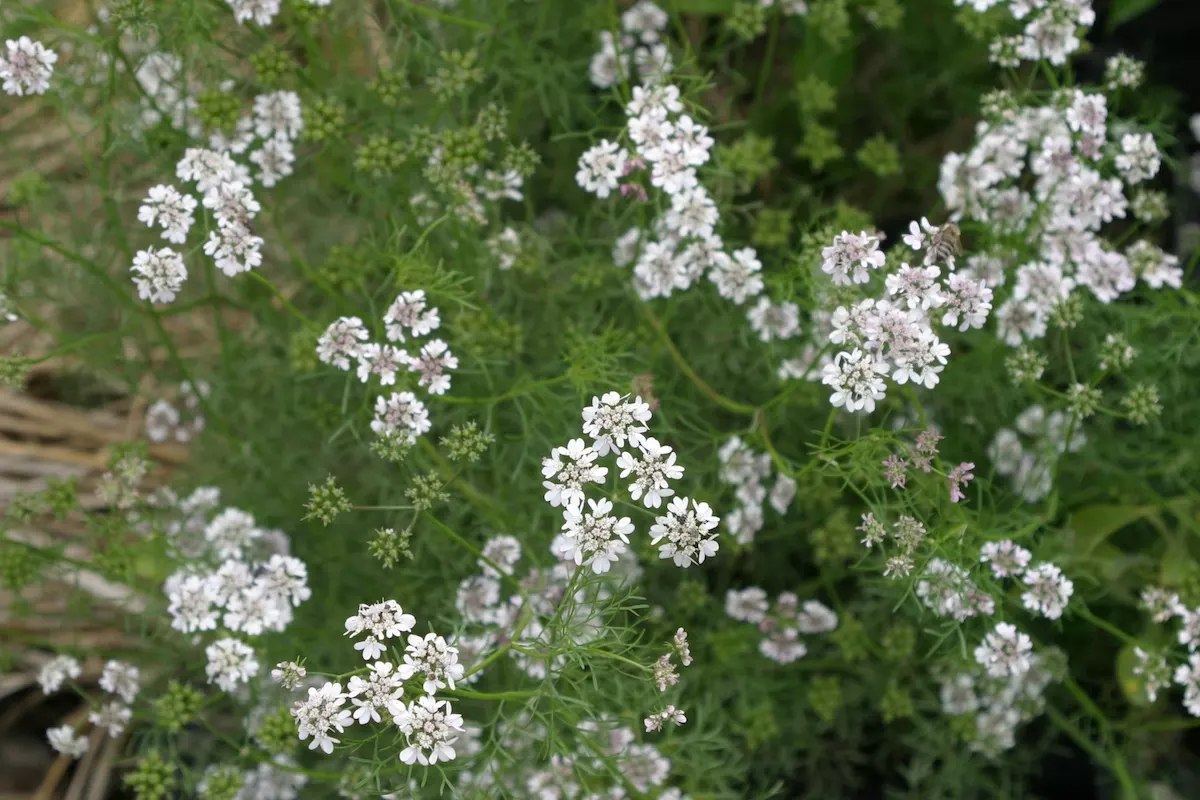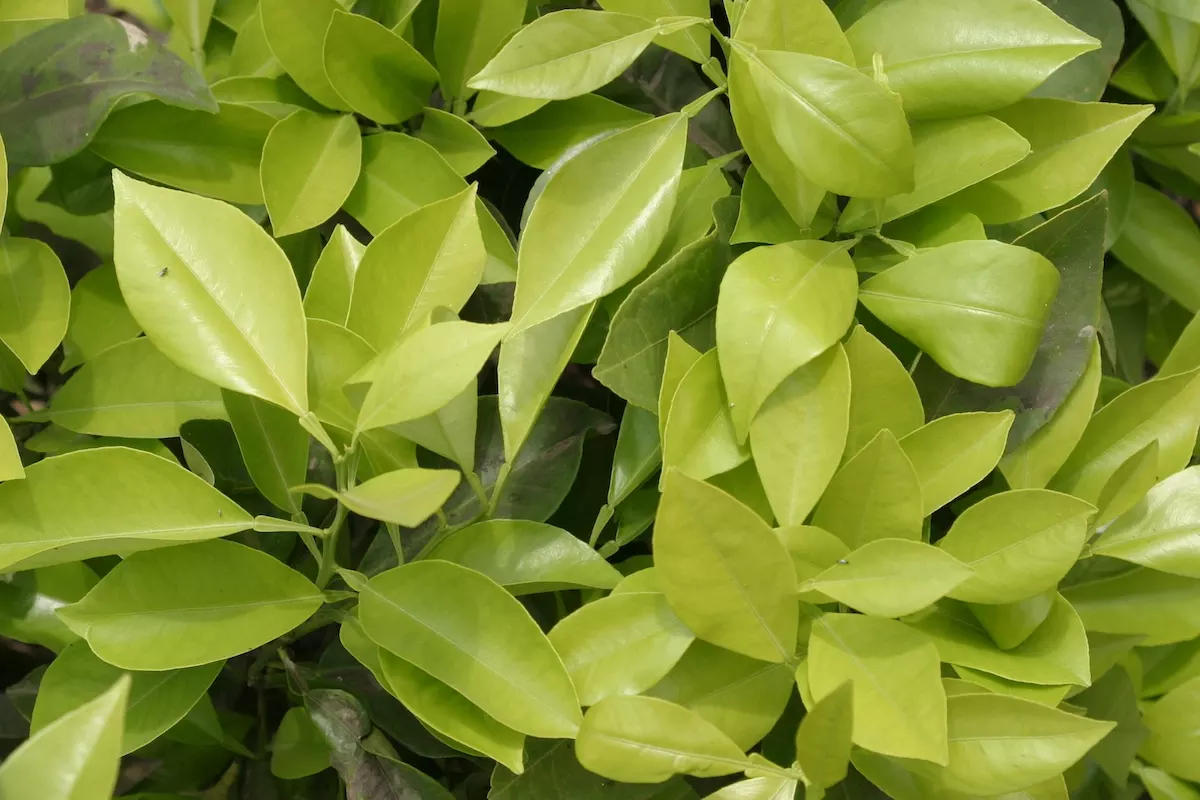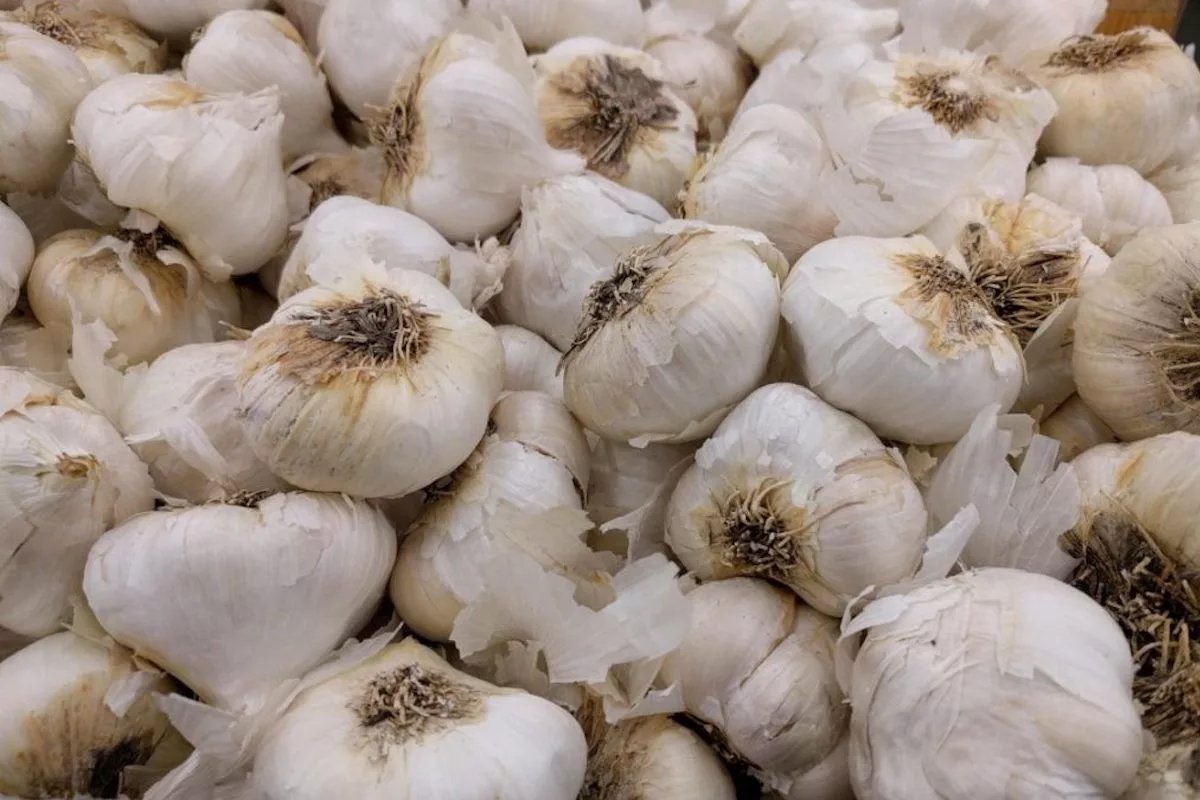
Neroli oil
January 3, 2021
Jasmine concrete & absolute & oil
January 1, 2021
Geranium oil

Production Method
By steam distillation of the fresh, whole aerial part of the blossoming plant to obtain the oil. A hydrolate is available. An absolute from the hydrolate is also possible. A concrete and absolute are produced by solvent extraction of the same raw material described above. A wax is the by-product of absolute production.
Uses
In Perfumery, its very agreeable and pronounced rose-like odor makes it one of the most important ingredients in perfumery to impart a rose character to a composition without the crippling cost effect of Rose oil. As such it is used quite successfully across the board in all possible fragrance applications (fine fragrances, technical fragrances, soaps, candle-making, etc.). Arctander puts it quite simply : “One of the most important and irreplaceable essential oils in perfumery is Geranium oil. It does not range among the first 20 oils in quantity annually produced […] but considering its value we will find Geranium oil very high on the list of all the perfumery oils – if not at the very top of the list. […] In perfumery, this oil is used so commonly that it is hardly possible to point out its particular application.” We should also remember that Geranium oil is the starting material of Rhodinol ex-Geranium which “is used very extensively in perfumery as a base for rose, muguet (lily of the valley), carnation, appleblossom and many other perfume types. Its floral sweetness, delightful freshness and delicate warm-rosy tonalities blend well with […] hydroxycitronellal, linalol, geraniol, dimethyl benzyl carbinol, cinnamic alcohol, PEA, geranyl esters, linalyl esters, etc. […] Rhodinol ex-Geranium is frequently adulterated with “synthetic” rhodinol […], fractions of palmarosa oil, citronella oil, etc. […] The fact that the large consumers are still willing to pay [hard cash] per kilo for a “good” « rhodinol ex-Geranium » should be sufficient proof that there is no competitive substitute for this excellent perfume material.” Arctander, S., “Perfume and Flavor Materials of Natural Origin”, 1960. In Flavors, “it is used in some natural rose type flavors and as a minor component of natural raspberry, strawberry, blackcurrant, blueberry and peach flavors.” Wright, J. “Flavor Creation” (2004). It is also used quite advantageously in candies, alcoholic and soft drinks, but also in chewing tobacco applications (India). In Aromatherapy, Geranium oil is a major material as it is “non-toxic, non-irritant, generally non-sensitizing.” (Lawless, J, “The Illustrated Encyclopedia of Essential Oils : The Complete Guide to the Use of Oils in Aromatherapy & Herbalism” (1995). “Antispasmodic, relaxing, anti-inflammatory, antalgic, lymphotonic, phlebotonic, hepastimulating, tonic, hemostatic, fungicide, with no known contra-indication [and many more applications].” (Franchomme, P.; Jollois, R.; Pénoël, D. “L’Aromathérapie Exactement” (2001). The oil is also used in massage applications.
Botanical Origin & Historiography
Native to South Africa (90% of varieties) and cultivated in Egypt where it was probably introduced by the British under the British Protectorate at the end of the 19th c. From the Ancient Greek πελαργός (pelargós) meaning “stork”, Pelargoniums are also known as “storksbills” because the seed’s head looks like a stork’s beak. Pelargonium was first proposed as a genus in 1732 by Dillenius, but Linnaeus grouped them with Geraniums in 1753. Linnaeus’ reputation prevented proper differentiation until 1774 by Charles L’Héritier, four years before the great Swedish botanist passed away. Scented “Geraniums” ― as they are commonly incorrectly called today ― offer some 35 different scents ranging from lemon, to mint, apple to cinnamon, and myrrh to nutmeg only to name a few. The Rose-scented being the most important commercially in perfumery, flavoring and aromatherapy.



